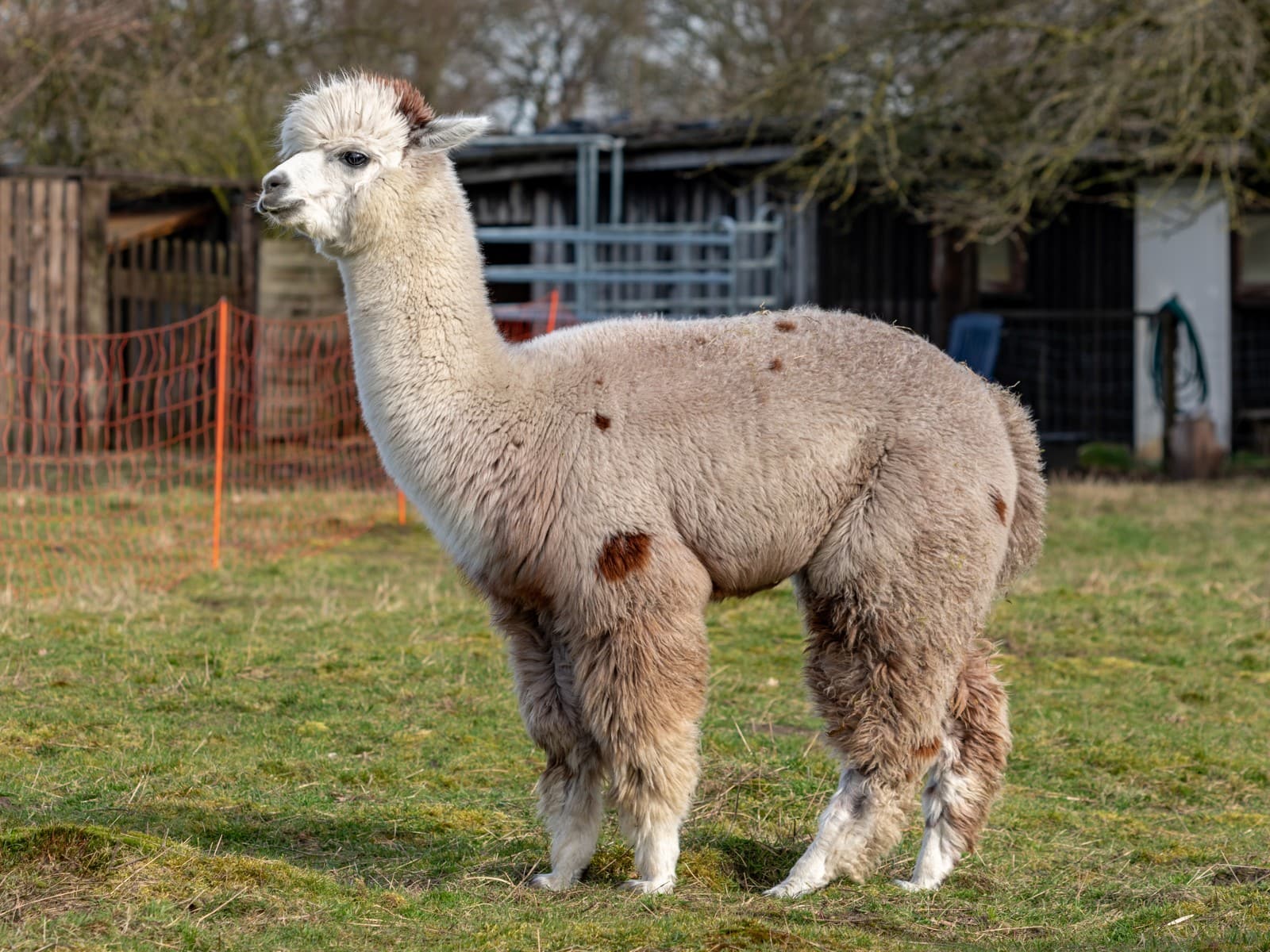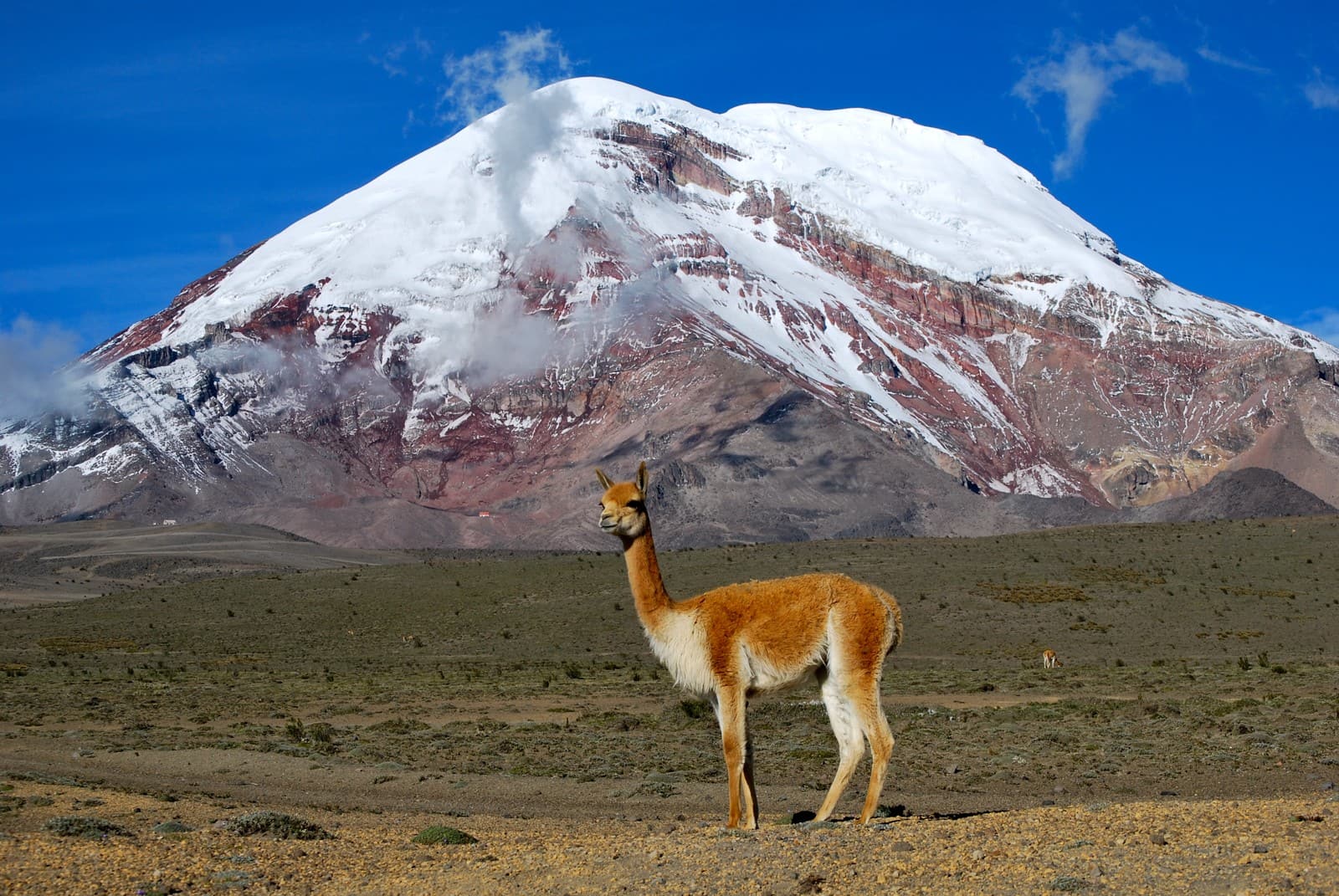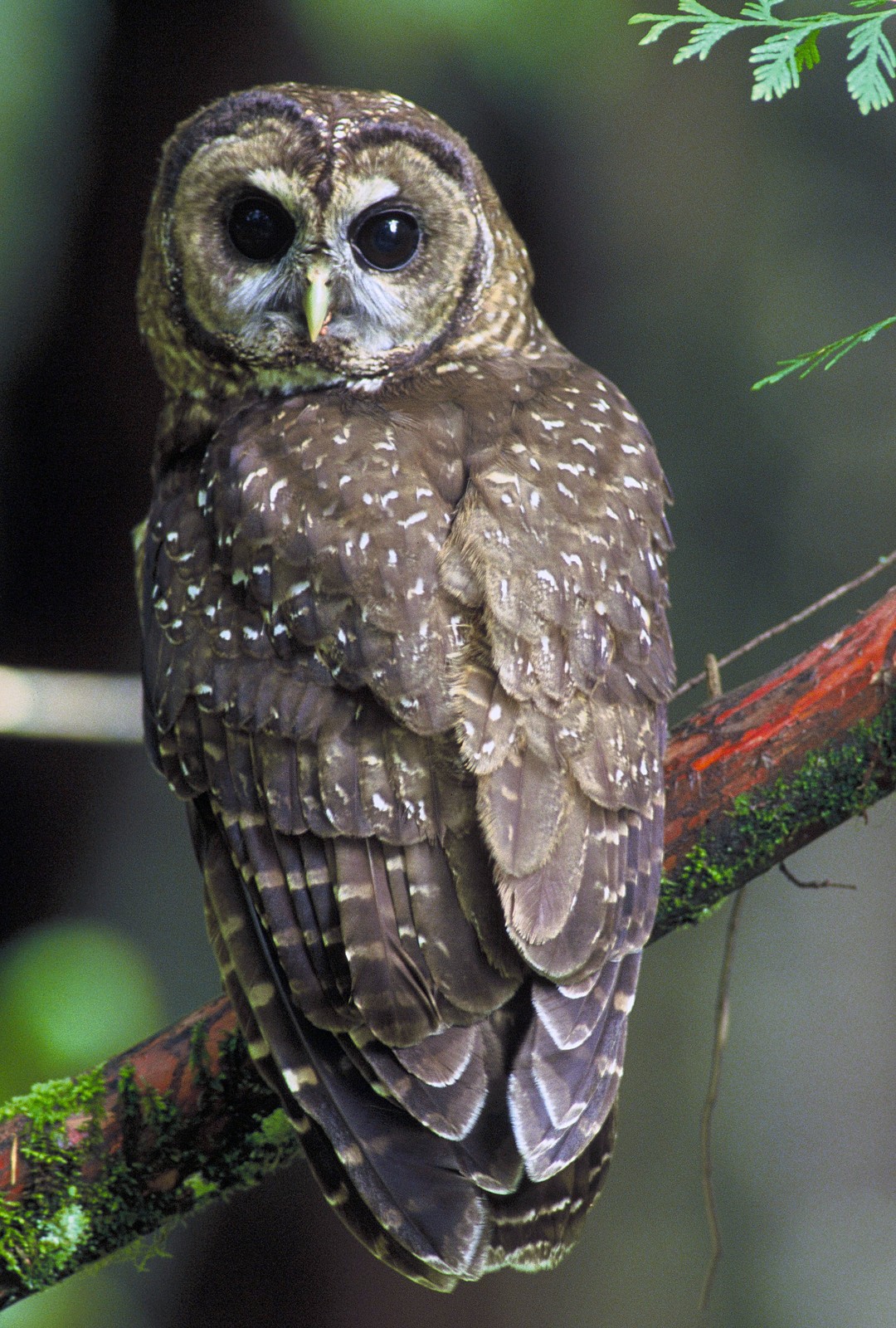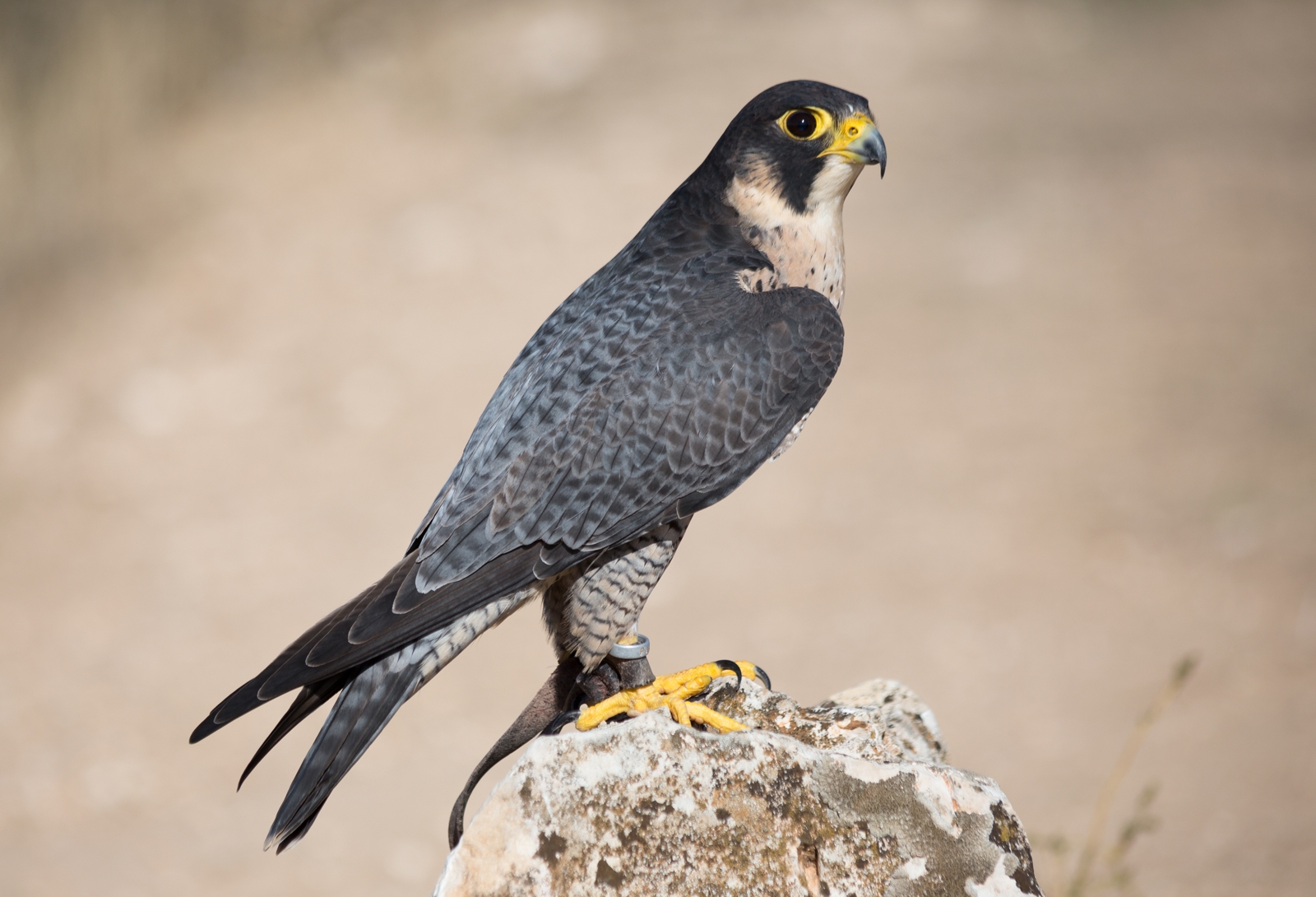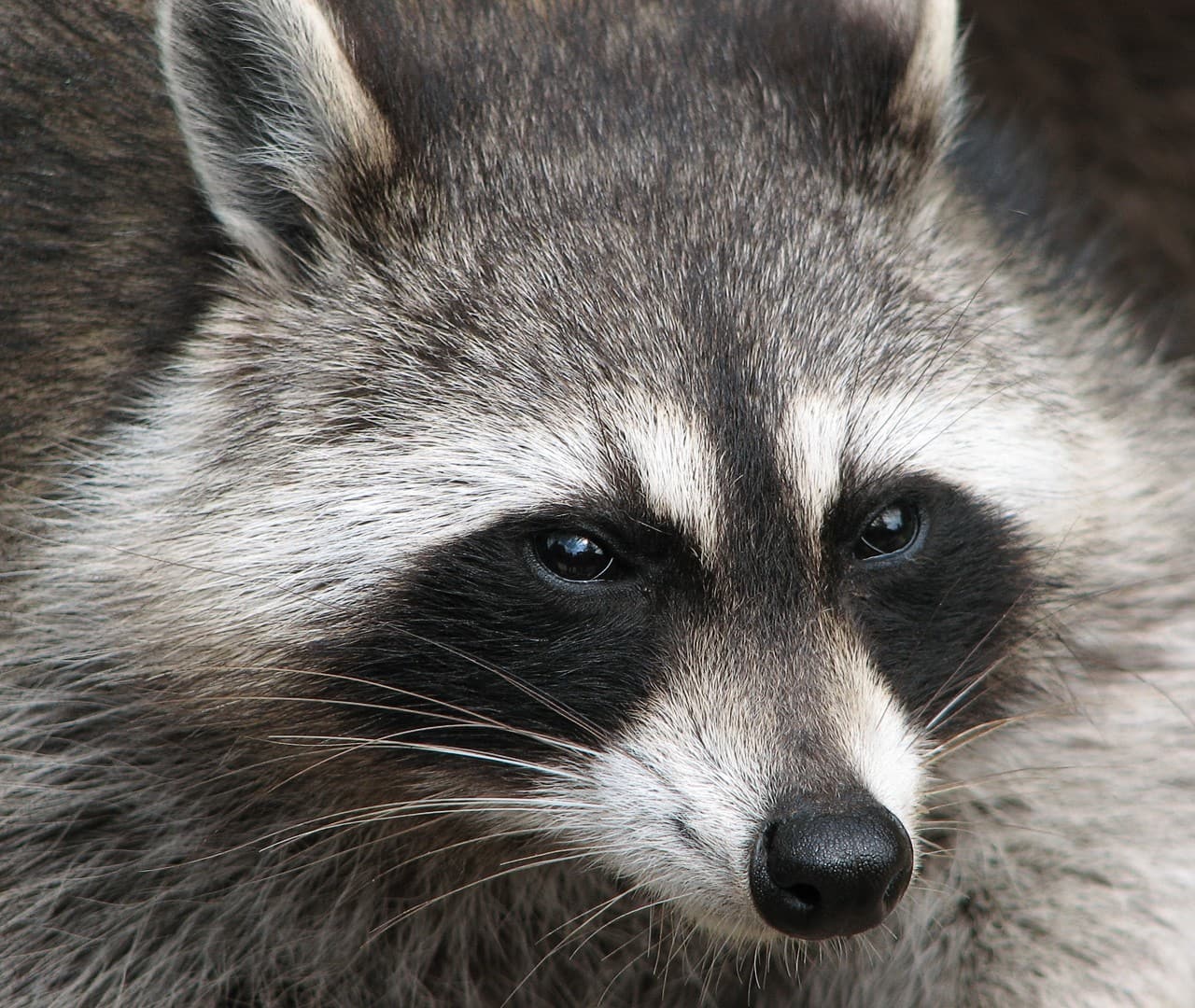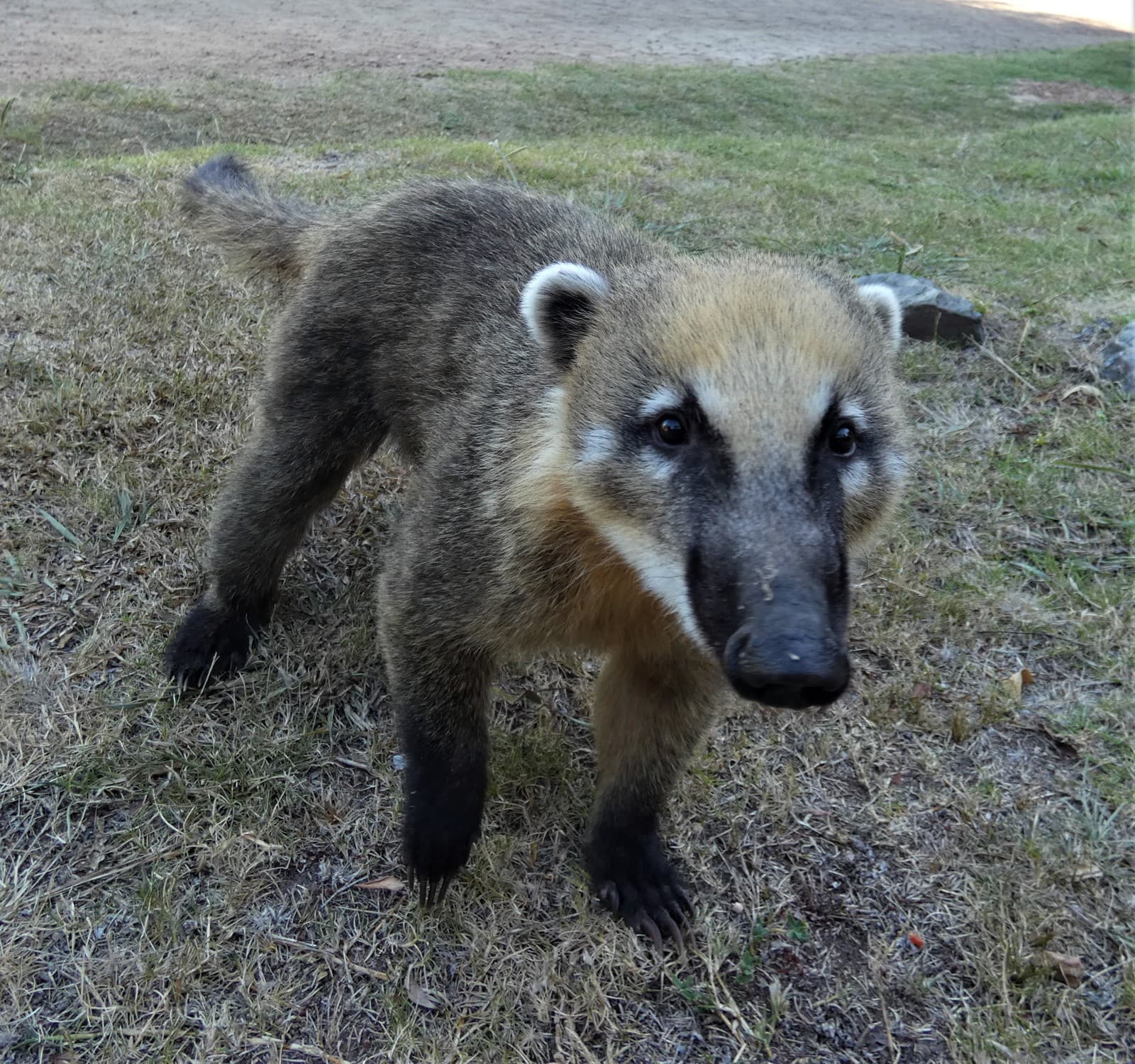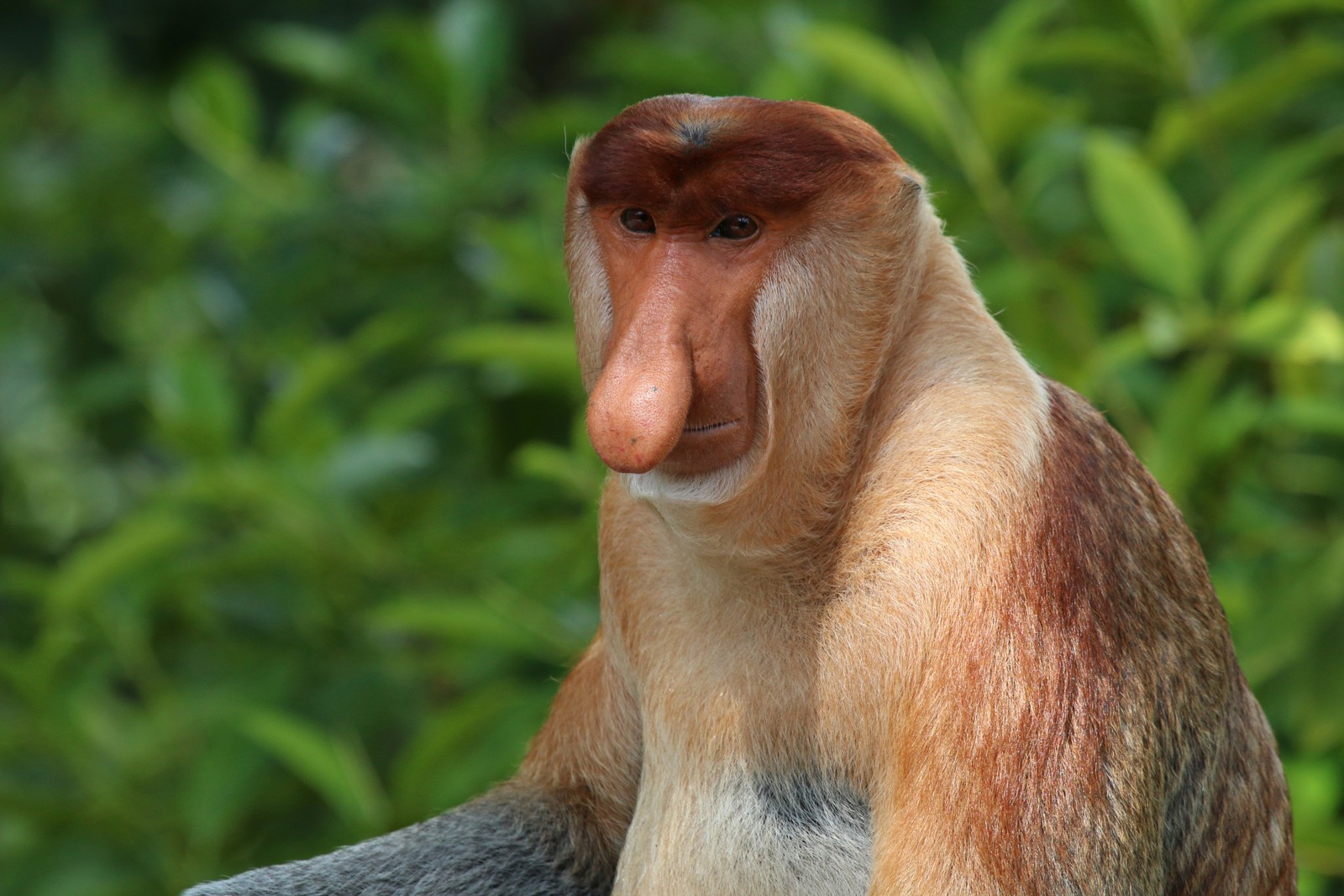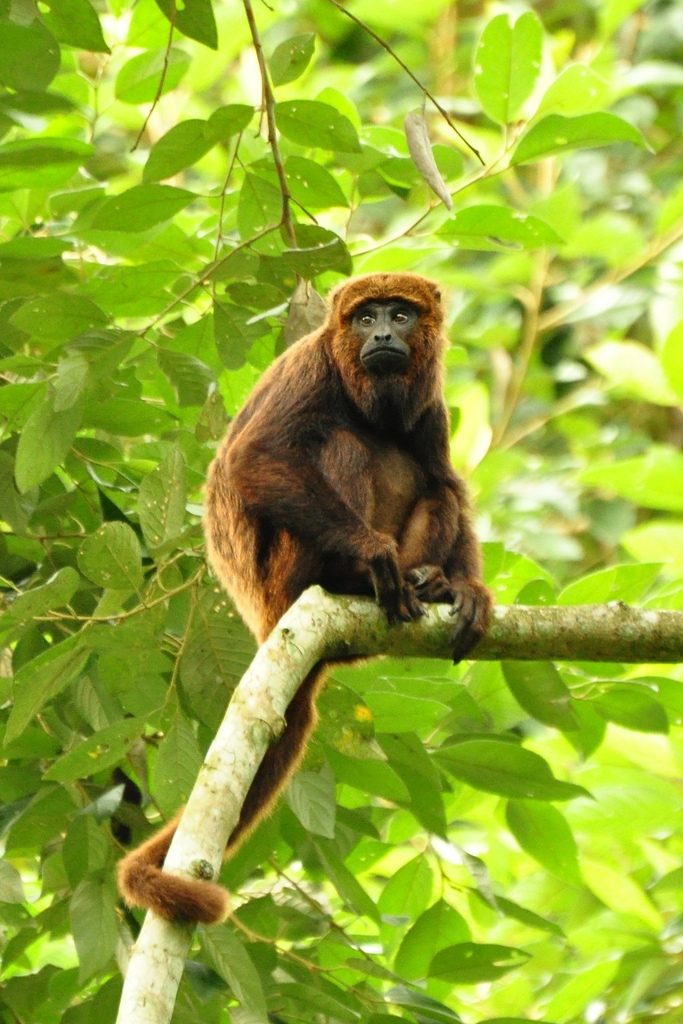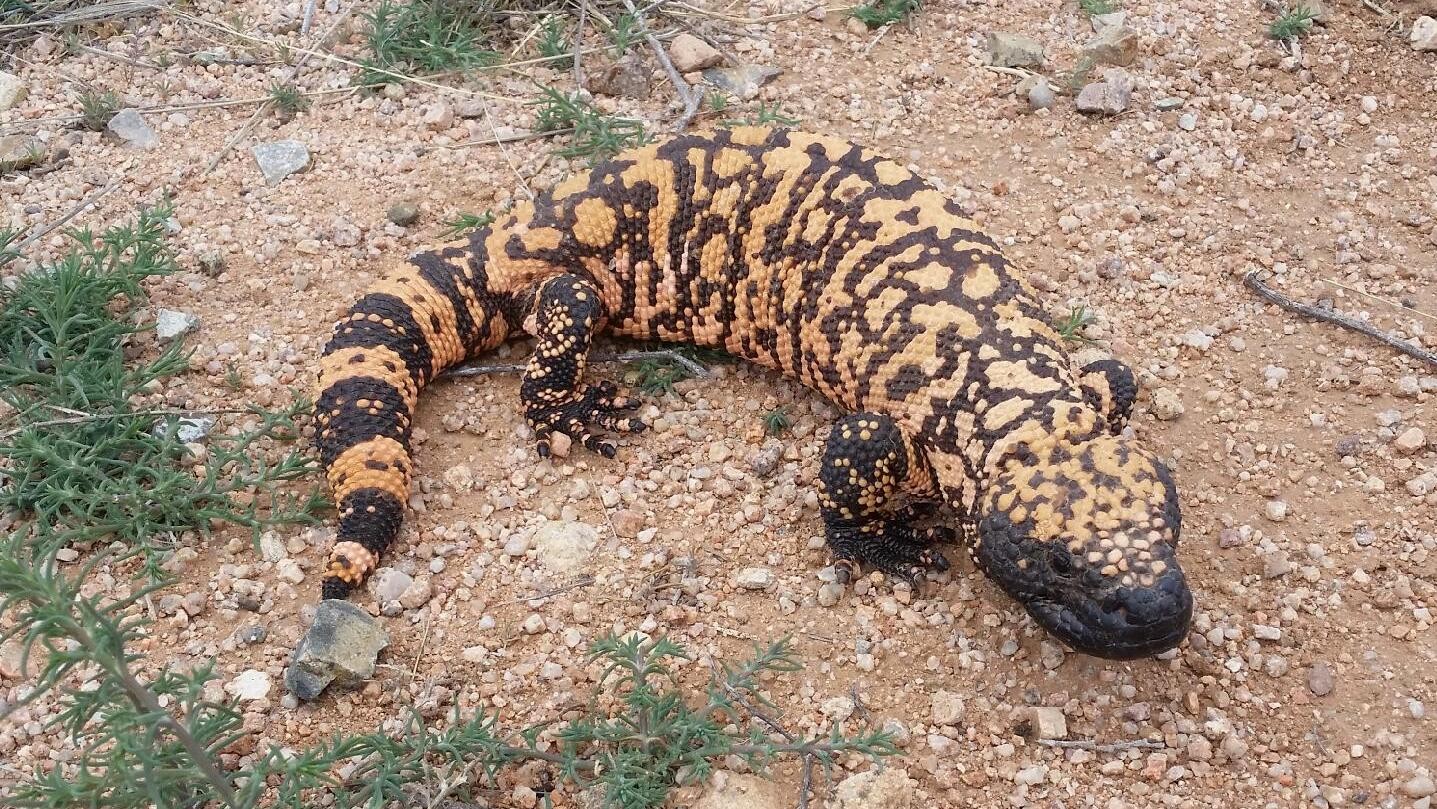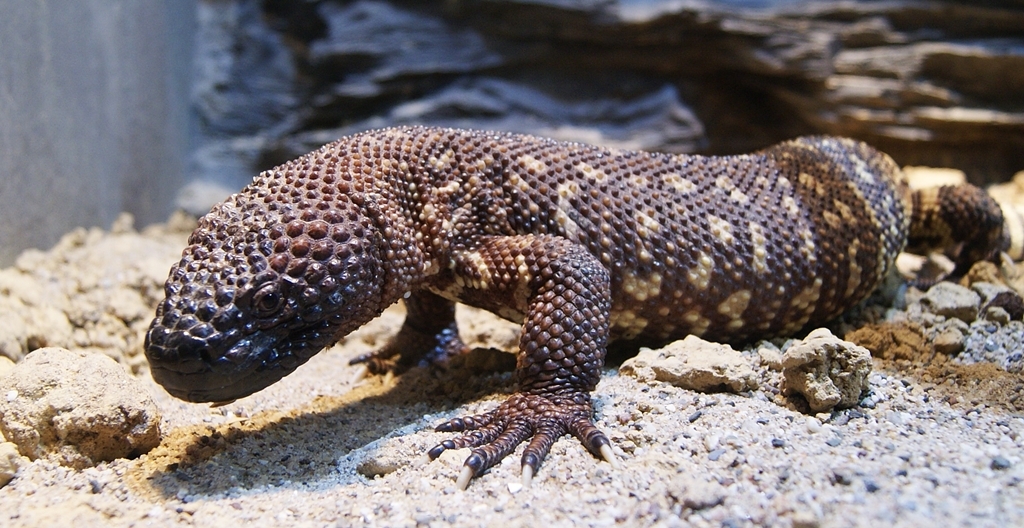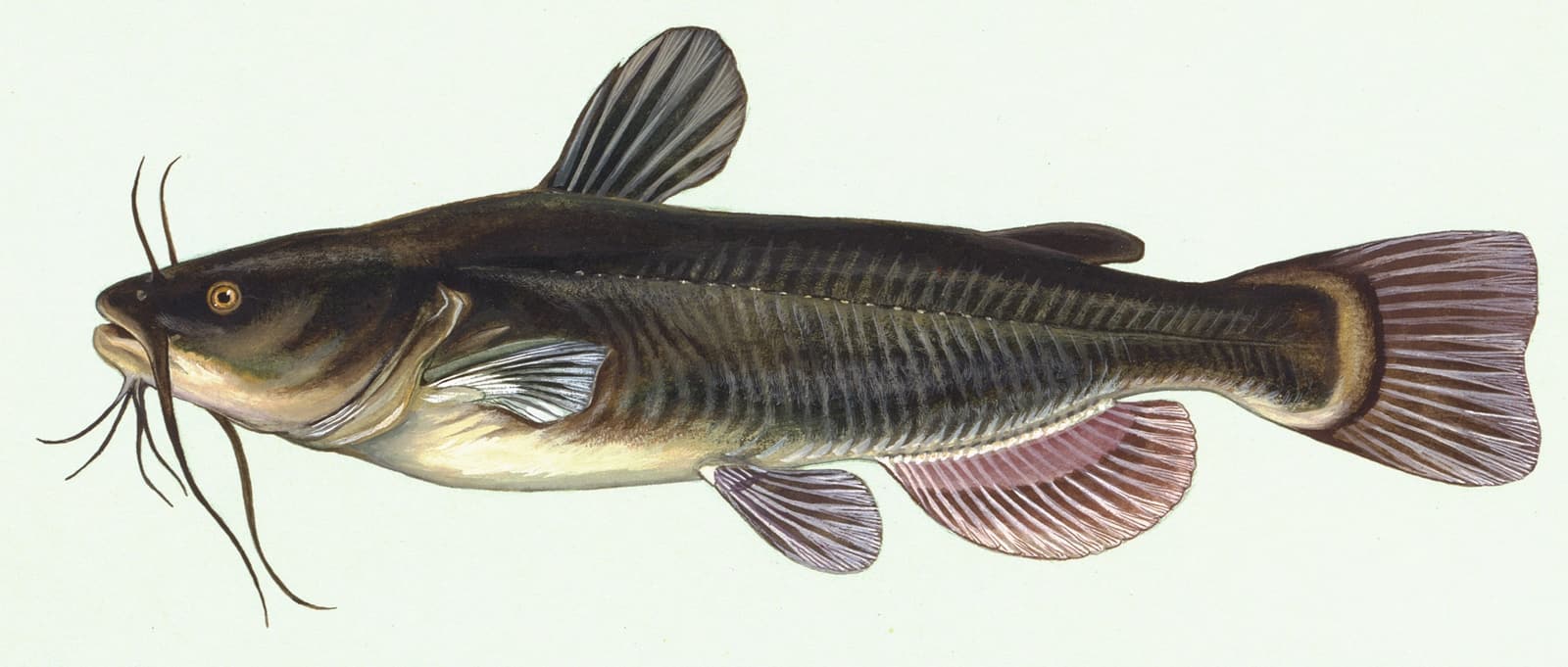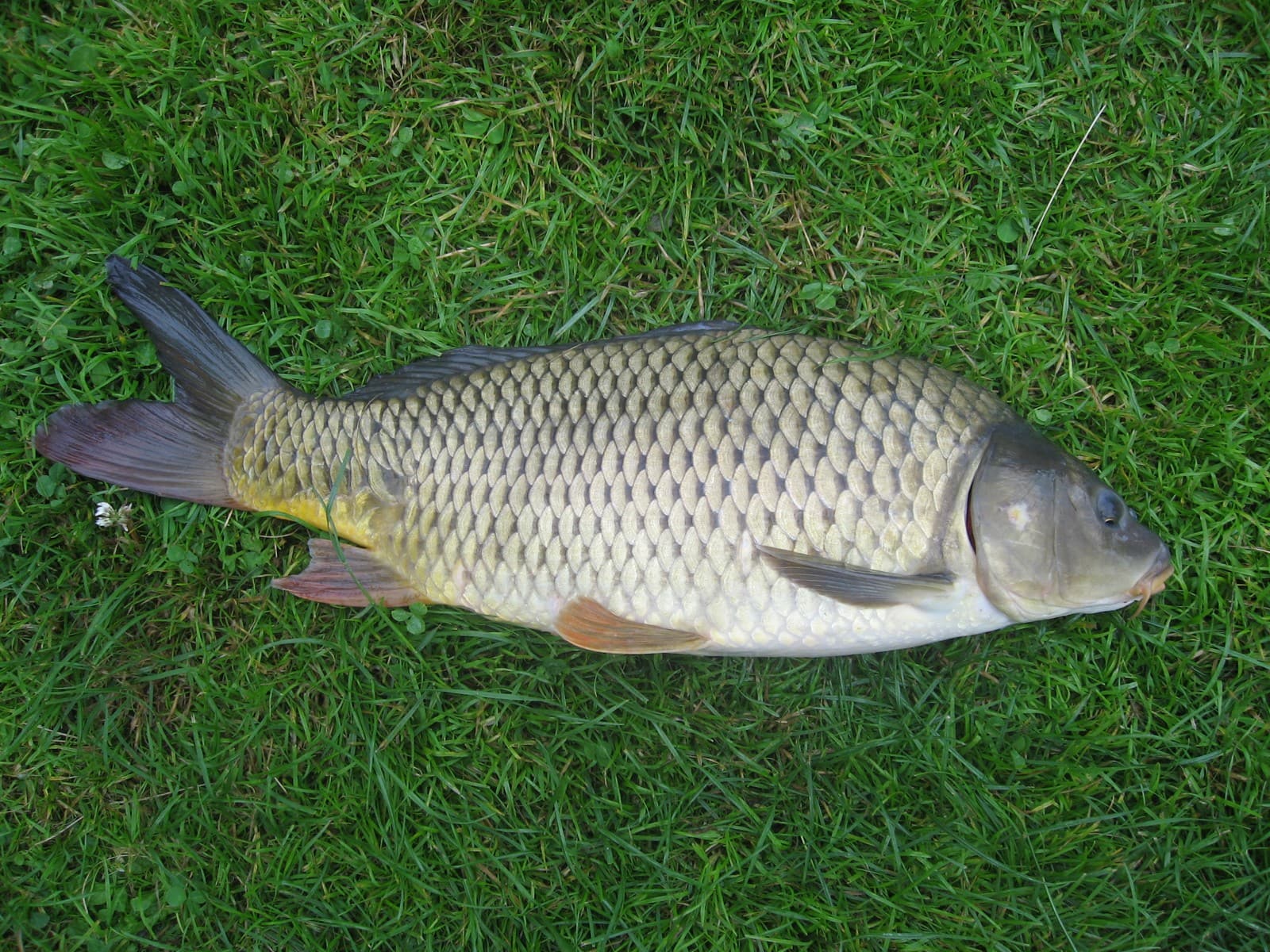Guanaco vs Vicuna: A Complete Comparison
The Guanaco vs Vicuna comparison reveals fascinating differences between South America’s wild camelids. While both species roam the Andes Mountains, Guanacos are notably larger, weighing 200-300 pounds (90-136 kg), compared to the more delicate Vicuna at 88-143 pounds (40-65 kg). These remarkable animals have evolved distinct characteristics that reflect their specialized mountain habitats.
As a wildlife journalist who has tracked both species across the Andes for over two decades, I’ve observed that Vicunas prefer higher elevations, typically living at 11,500-16,000 feet (3,500-4,850 meters), while Guanacos demonstrate more adaptability, inhabiting elevations from sea level up to 13,000 feet (4,000 meters).
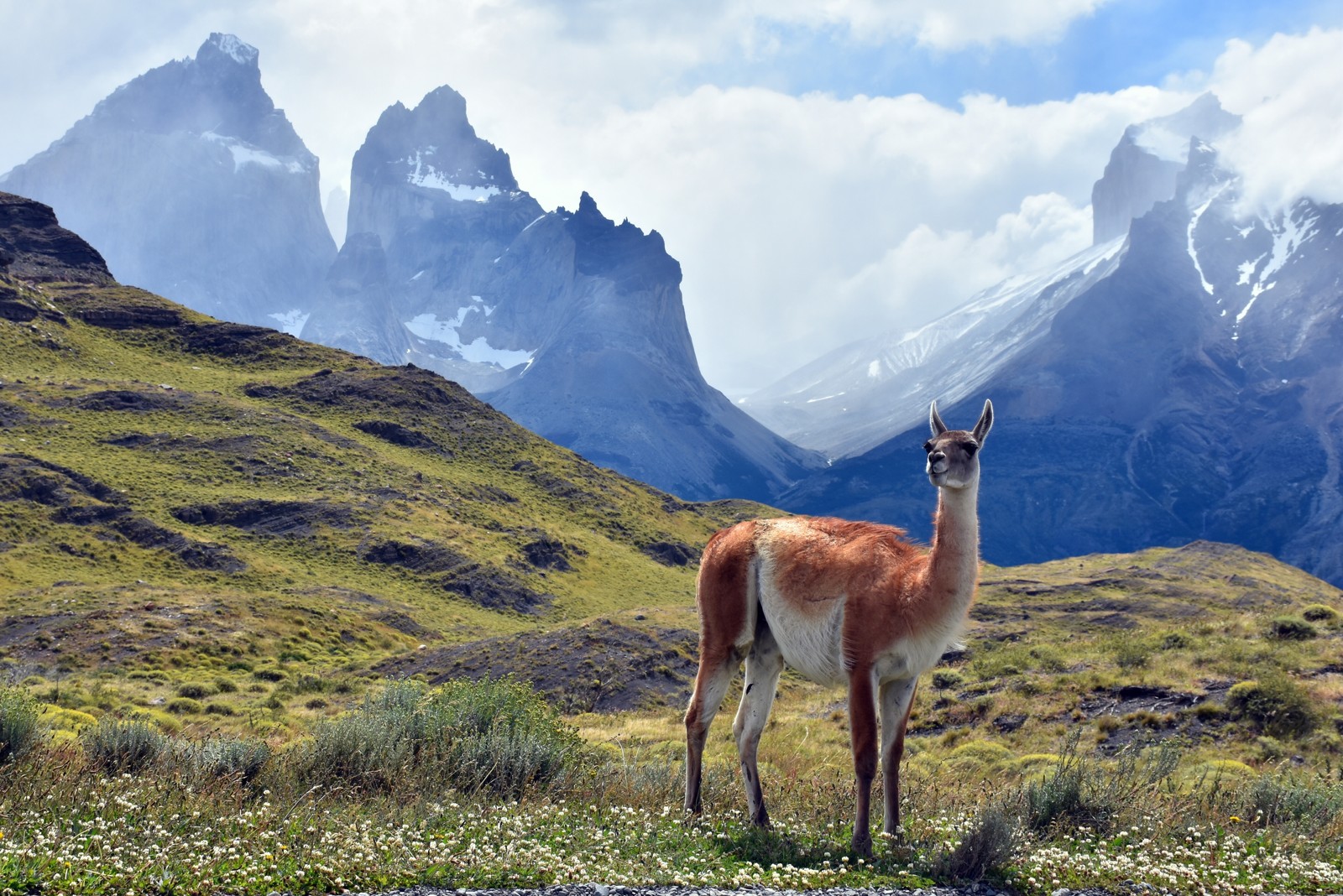
© Georgibulgaro / CC BY-SA 4.0
The Guanaco displays its characteristic robust build and reddish-brown coloring in its natural Patagonian habitat, where these adaptable camelids thrive from coastal regions to mountain meadows.
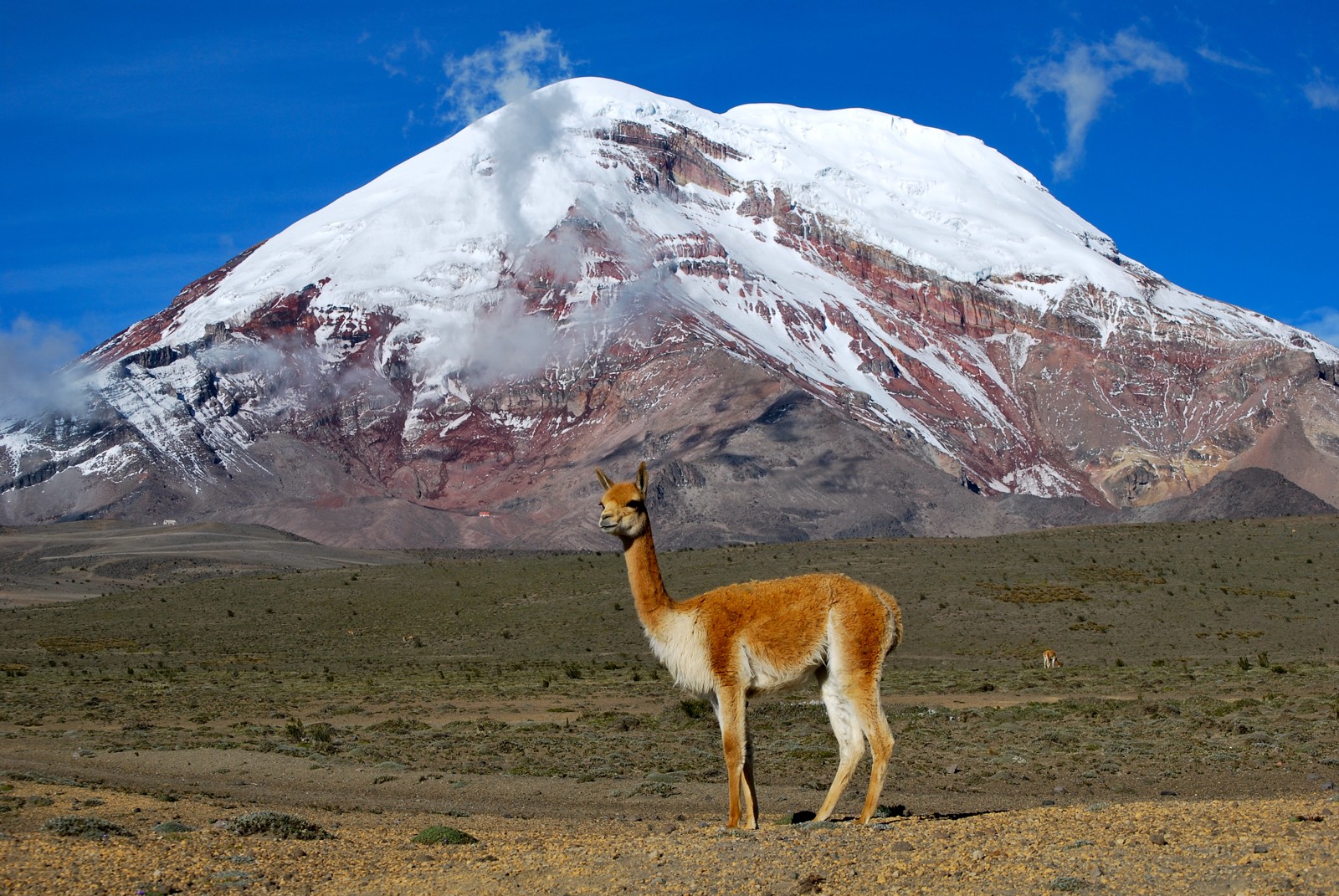
© Dabit100 / David Torres Costales Riobamba / CC BY-SA 3.0
A Vicuna demonstrates its elegant profile against the backdrop of Chimborazo volcano, showcasing the species’ preference for high-altitude habitats and its prized golden-brown wool.
Key Differences Between Guanaco and Vicuna
| Feature | Guanaco | Vicuna |
|---|---|---|
| Size | 3.5-4 feet (1.1-1.2 m) at shoulder | 2.5-3 feet (0.75-0.9 m) at shoulder |
| Weight | 200-300 pounds (90-136 kg) | 88-143 pounds (40-65 kg) |
| Wool Quality | Coarse, double-layered | Ultra-fine, highly valued |
| Habitat Range | Sea level to 13,000 feet | 11,500-16,000 feet |
| Social Structure | Family groups of 8-10 | Territorial family groups of 6-15 |
| Conservation Status | Least Concern | Conservation Dependent |
Habitat and Distribution
Guanacos demonstrate remarkable adaptability, thriving from the Pacific coast to the Andean highlands. These hardy creatures can survive in diverse ecosystems, including desert regions of northern Chile and Argentina. In contrast, Vicunas are high-altitude specialists, rarely descending below 11,500 feet (3,500 meters), where they’ve evolved to utilize the sparse vegetation of the puna grasslands.
Physical Characteristics and Wool
The most valuable distinction in the Guanaco vs Vicuna comparison lies in their wool characteristics. Vicuna wool, the finest of any animal at 12-14 microns in diameter, commands prices up to $500 per kilogram. Guanaco wool, while still premium at 16-18 microns, typically sells for significantly less. Both species possess specialized adaptations for their environments, including split lips for selective grazing and large hearts for high-altitude survival.
Behavior and Social Structure
Guanacos organize themselves into three distinct social groups: family groups, male groups, and solitary males. Family groups typically consist of one dominant male and several females with their young. Vicunas maintain a more rigid territorial system, with family groups defending specific feeding territories year-round. Both species demonstrate sophisticated communication through ear positions, neck postures, and vocalizations.
Conservation Status and Threats
While Guanacos maintain stable populations across much of their range, Vicunas face ongoing conservation challenges. Historical hunting for their precious wool reduced Vicuna numbers to approximately 6,000 in the 1960s. Though conservation efforts have increased their population to over 350,000, they remain vulnerable to poaching and habitat loss. Guanacos face different challenges, primarily habitat fragmentation due to livestock ranching.
Who Would Win in a Fight?
While neither species is naturally aggressive, in theoretical confrontations, Guanacos would likely dominate due to their larger size and weight advantage. Adult Guanacos can effectively defend against predators like pumas using powerful kicks and neck strikes, while Vicunas typically rely on flight rather than fight responses. However, such confrontations rarely occur in nature as these species generally occupy different elevation ranges.
Through careful observation and scientific study, we continue to uncover new aspects of these remarkable animals’ lives. The Guanaco vs Vicuna comparison reveals not just their differences but also their crucial roles in Andean ecosystems and the ongoing importance of their conservation.
